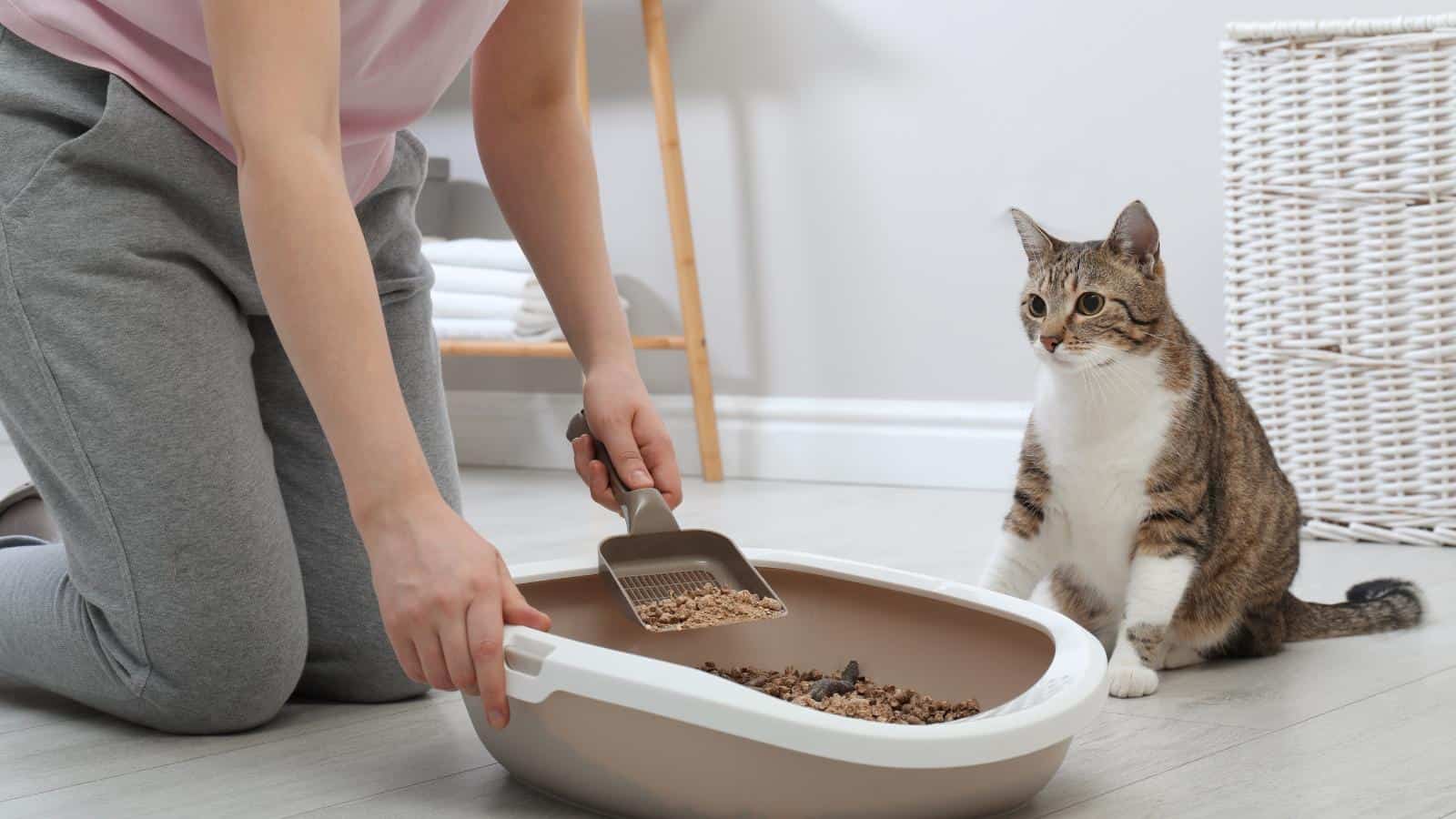Cats can be particular about their bathroom habits. Understanding your feline friend’s litter box preferences is crucial for maintaining a clean and harmonious home. Providing the right type of litter box and litter can prevent unwanted accidents and ensure your cat’s comfort.

You might be surprised by how much thought goes into a cat’s litter box choices. Factors like box size, location, and litter texture all play a role in your pet’s satisfaction. Paying attention to these details can make a significant difference in your cat’s bathroom behavior.
As a cat owner, your goal is to create an inviting environment for your pet’s toileting needs. By learning about your cat’s preferences, you can tailor their litter box setup to suit their individual tastes. This knowledge will help you maintain a happy, healthy relationship with your feline companion.
Discovering Your Cat’s Litter Box Preferences
Cats can be particular about their litter box setup. Understanding your feline friend’s preferences will help ensure they use the box consistently and maintain good hygiene habits.
The Importance of Litter Box Cleanliness
Cats are naturally clean animals and prefer a tidy bathroom area. Scoop the litter box daily to remove waste and clumps. This prevents odors and keeps the box inviting for your cat.
Perform a deep clean weekly by emptying the box completely and washing it with mild soap. Refill with fresh litter to maintain a pleasant environment for your pet.
Pay attention to your cat’s behavior. If they start avoiding the litter box, it may be time for more frequent cleaning or a complete litter change.
Use an enzymatic cleaner to eliminate any lingering odors that might discourage your cat from using the box.
Different Types of Cat Litter
Choosing the right litter can significantly impact your cat’s bathroom habits. Clumping clay litter is popular for its easy scooping and odor control. Non-clumping varieties are less dusty and may be preferred by some cats.
Natural litters made from materials like corn, wheat, or pine offer biodegradable options. These can be a good choice for eco-conscious pet owners.
Silica gel crystals provide excellent odor absorption but may not be comfortable for all cats’ paws.
Experiment with scented and unscented options to find what your cat prefers. Some cats are sensitive to strong fragrances and may avoid heavily scented litters.
Consider your cat’s age and health when selecting litter. Kittens and senior cats might prefer finer textures that are gentler on their paws.
Litter Box Types and Placement
Selecting the right litter box and placing it correctly can significantly impact your cat’s bathroom habits. Various options are available to suit different feline preferences and living spaces.
Comparing Litter Box Models
Traditional open trays are simple and accessible. They allow easy entry and exit for cats of all ages and sizes. Covered litter boxes provide privacy and help contain odors. Some cats prefer the enclosed space, while others may feel trapped.
Self-cleaning litter boxes automatically scoop waste, reducing your maintenance tasks. These can be beneficial for busy cat owners but may startle sensitive cats with their mechanical noises.
For multi-cat households, consider larger boxes or multiple units. Some models feature high sides to prevent litter scatter. Others have low entry points for senior or mobility-impaired cats.
Optimal Litter Box Placement
Choose a quiet, low-traffic area for your cat’s litter box. Avoid placing it near food and water bowls, as cats prefer to keep their eating and elimination areas separate.
In multi-level homes, provide a litter box on each floor for easy access. Ensure the box is not trapped in a corner or against a wall, allowing your cat to enter and exit from multiple angles.
Keep the litter box away from appliances that make sudden noises, such as washing machines or dryers. These sounds can startle your cat and create negative associations with the litter box.
Health and Behavioral Considerations
Your cat’s litter box habits can provide insights into their health and well-being. Sudden changes in behavior or preferences may signal underlying issues that require attention.
Identifying Aversion or Medical Issues
Watch for signs of litter box aversion in your feline friend. These may include eliminating outside the box, frequent trips without producing, or vocalization while using the litter box. Such behaviors could indicate urinary tract infections or kidney problems.
If you notice your cat straining or producing small amounts frequently, consult a veterinarian promptly. Diabetes can also affect litter box habits, causing increased urination.
Common medical issues affecting litter box use:
- Urinary tract infections
- Kidney problems
- Diabetes
Adjusting for Life Stage Needs
As your cat ages, their litter box needs may change. Senior cats might require boxes with lower sides for easier access. You may need to provide multiple litter boxes on different floors of your home to accommodate decreased mobility.
Tips for senior cat litter boxes:
- Lower entry points
- Non-slip surfaces
- Easily accessible locations
Consider your cat’s physical capabilities when selecting and placing litter boxes. Arthritis or other age-related conditions can impact their ability to use certain types of boxes comfortably.
